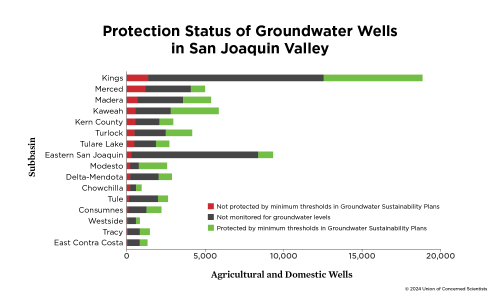Technical appendix for the report Confronting Climate Change in the Great Lakes Region: Impacts on Our Communities and Ecosystems.
Projections of how climate will respond to current and future emissions from human activities are the starting point for assessing the potential impacts of climate change. This study combines the latest information available from three key sources—IPCC emission scenarios, climate model results, and observed climate data over the past century—to develop a comprehensive picture of the climate change in the Great Lakes region over the last 100 and future 100 years.
Climate change projections are the result of calculations from two of the latest generation of three-dimensional climate models, the HadCM3 model and the Parallel Climate Model (PCM), and are based on the most recent IPCC 2000 standard emission scenarios. Results from ‘high’, ‘medium’ and ‘low’ emission scenarios were used to assess the range of change that we may expect to observe in future temperature, precipitation and other key variables. Model results were integrated with a historical database of climate in the Great Lakes region that extends back over 100 years, enabling us to place future change within the context of observed climate in the region over the last century.
Although interpolating the results of large-scale global models down to the regional level still involves some uncertainty, we found good agreement between the changes projected by different models over the Great Lakes region. This is in contrast to the varied projections made by previous assessments such as the U.S. National Assessment, which was based on older models and earlier emission scenarios. In comparison with previous assessments, these new climate projections show greater temperature change, particularly in the summer, accompanied by a general drying throughout the region in summer and fall.
Please click on the links below for further information on:
- Climate Models
- Integrating Historical Records with Climate Model Projections
- Emission Scenarios
- Climate Model Uncertainties and the Risk of Abrupt Change
- Comparison of Climate Projections with Previous Assessments
- Full Results of Climate Analysis
To directly view geographical plots and time series of historical and modelled changes in key climate variables projected by this analysis, use the following links:



